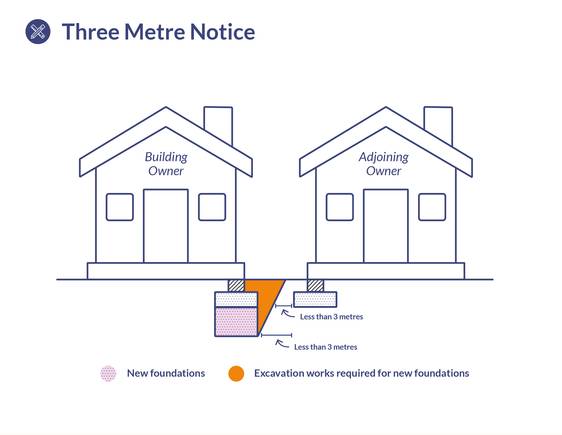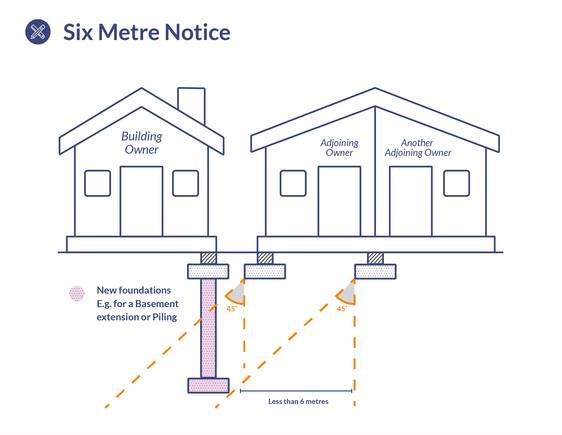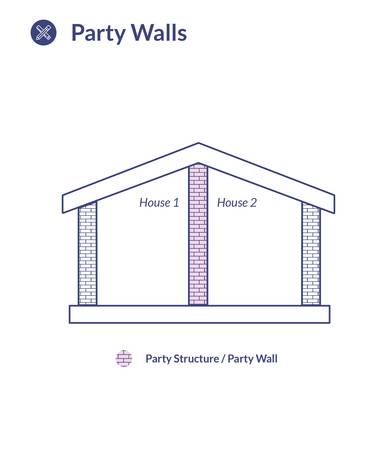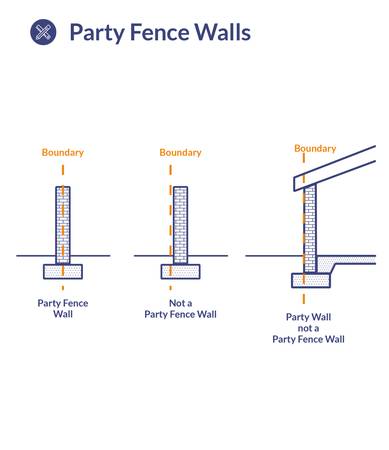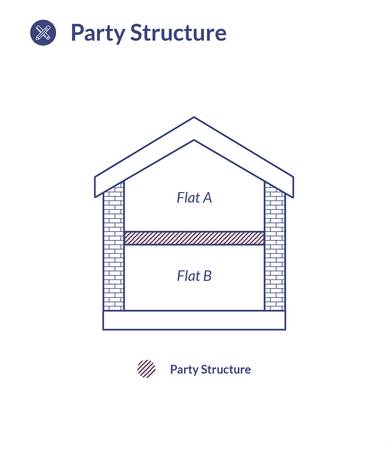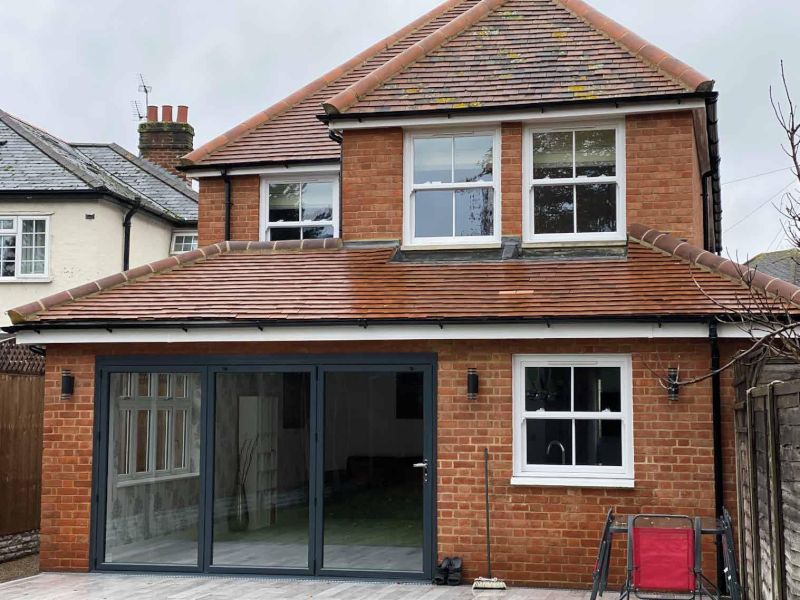- SURVEYS ▼
- VALUATIONS ▼
- Market Valuations
- Help to Buy Valuations
- Shared Ownership Staircasing/Equity Valuations
- Capital Gains Tax Valuations
- Probate and Inheritance Tax Valuations
- ATED Valuations
- Non-Domicile Tax Valuations
- Accountancy Valuations
- Right to Buy Valuations
- Matrimonial and Divorce Settlement Valuations
- Insurance Reinstatement Cost Assessments
- LEASEHOLD VALUATIONS ▼
- PARTY WALLS ▼
- BLOG
- ABOUT US ▼
- CONTACT US



